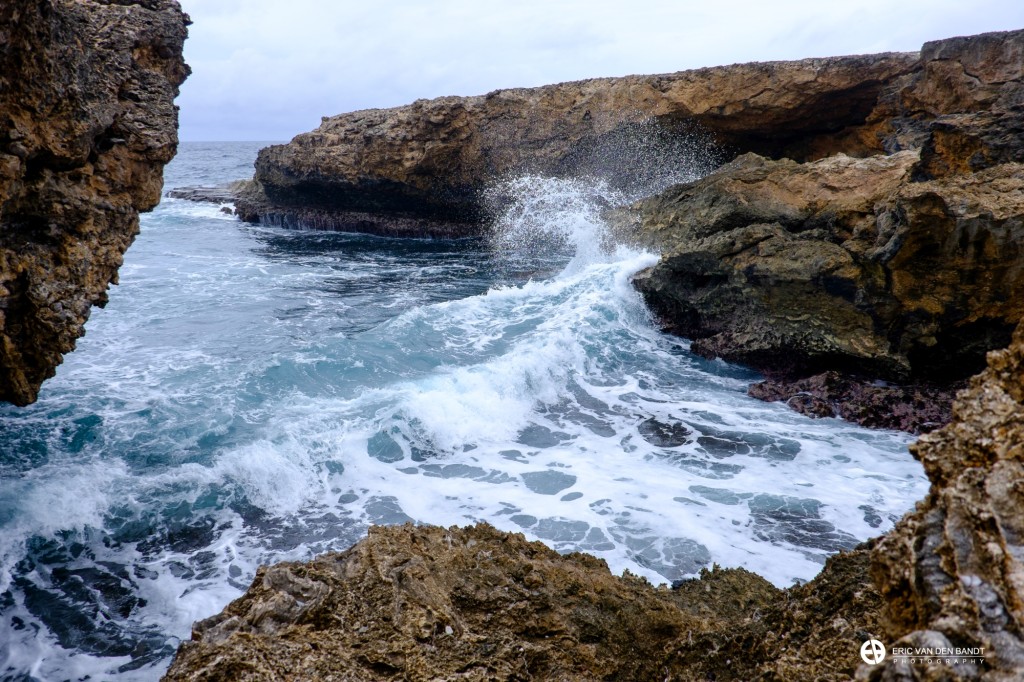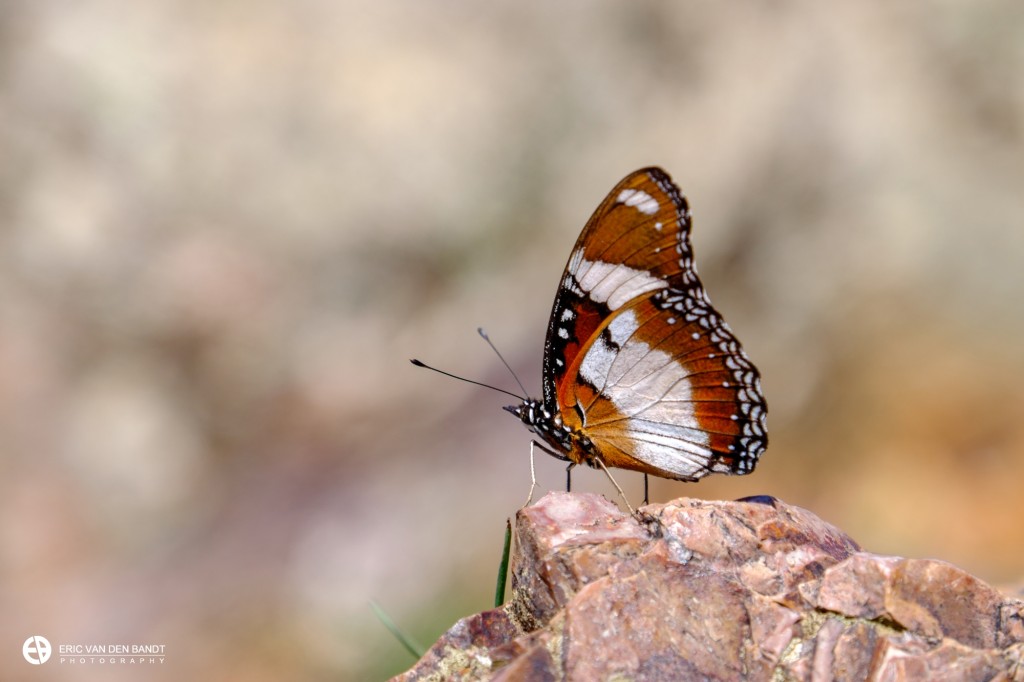Although I have owned the Fujinon XF 18-135 mm f/3.5-5.6 ‘superzoom’ for almost a year now, in my mind it never really found its place in my camerabag. While I have used it frequently for my watersports photography, I usually left it at home when I went out for fun or for other – non water related – assignments.
Recently however, it has begun to grow on me a bit. In the past I have stated often that I would rather take my three small primes on holiday than the one big heavy (relatively speaking, that is) superzoom. And the three small primes (18, 35 and 60 mm) were a perfect combination during our trip to Sicily last year. This year, however, our annual holiday was to Curacao, a much more humid climate than Italy. As a result, I somewhat dreaded changing lenses and the 18-135 mm stayed on my XT-1 for most of the time to protect the sensor that is otherwise exposed during lens changes. In addition, the weather sealing of the 18-135 was extra protection.
How did this turn out? Well, to be honest, quite well! While the images of this lens are not as sharp or clean as those obtained from my primes, for most subjects (non-moving, landscapes, portraits, etc.) the image quality was quite acceptable. Having gotten used to the large apertures of the primes (the 60 mm is ‘slow’ at f/2.4), where the 18-135 has to make do with f/3.5-5.6, I had to get used to cranking up the ISO to get the shutter speeds that I desired. On the other hand, the more than excellent image stabilization made sure much longer shutter speeds could be used than would be the case with the primes.
In the evening, when light faded, I still had to grab my primes to get some decent shots, but on the whole, almost 80% of my shots were done with the 18-135 mm. Using this lens reduced the amount of camera gear I had to carry during the day (after two day’s I didn’t even take my primes with me out in the field any more), reducing the weight of, and space in, my camera bag. It also meant less time wasted changing lenses, which certainly came in handy during our exhaustive climb to the top of the Christoffelmountain.
Two other things to mention that I noticed are the excellent macro capabilities and the sometimes rather ugly bokeh of the lens. During our trips on Curacao we often stumbled upon dozens of lizards (and sometimes larger specimens like the Iguana). These sometimes posed for us and we could get quite close. At 135 mm the closest focus distance was less than a meter, which I would consider quite good for general photography. On the other hand, the bokeh obtained (greatest at 135 mm f/5.6) was (not unexpectedly) much less pleasing than I was used to with the primes. It is not a reason not to use this lens, but something to consider when using it.
Will it be on my camera more than before?
Maybe. While the image quality may be good enough for holiday ‘snapshots’, for more serious photography that doesn’t require the weather sealing I’d still use the primes. It’s also quite a heavy beast, and much larger than for instance the 23 mm f/1.4 that is usually attached to my XT-1. It is a bit of a workhorse compared to the refined primes. For another holiday like this one, I might take only the 18-135 and the 23 mm f/1.4 and leave the rest at home (but then again, I might lug it all with me again).
Some photographs from last week:







Tja 18-135 mm (hoeveel is dat in dit geval voor full-frame equavalent?) is een mooie reislens. Goed voor redelijk dichtbij, goed genoeg voor niet al te ver weg, geen lenswissel nodig, weinig nabewerking omdat je de uitsnede d.m.v. zoomen kunt kiezen, en vooral ook geen stof in de camera (altijd wat lastig in winderige omgeving).
Omgerekend naar full-frame is het ongeveer 27-200 mm. De door jou genoemde punten zijn allemaal correct, en het heeft zeker voordelen op zo’n reisje (voeg daar de waterdichtheid aan toe..). Daar staat tegenover dat de kwaliteit altijd minder is dan lenzen met een minder groot bereik en dat je bij weinig licht last hebt van het feit dat het een wat minder lichtsterke lens is.
Het blijft een compromis.